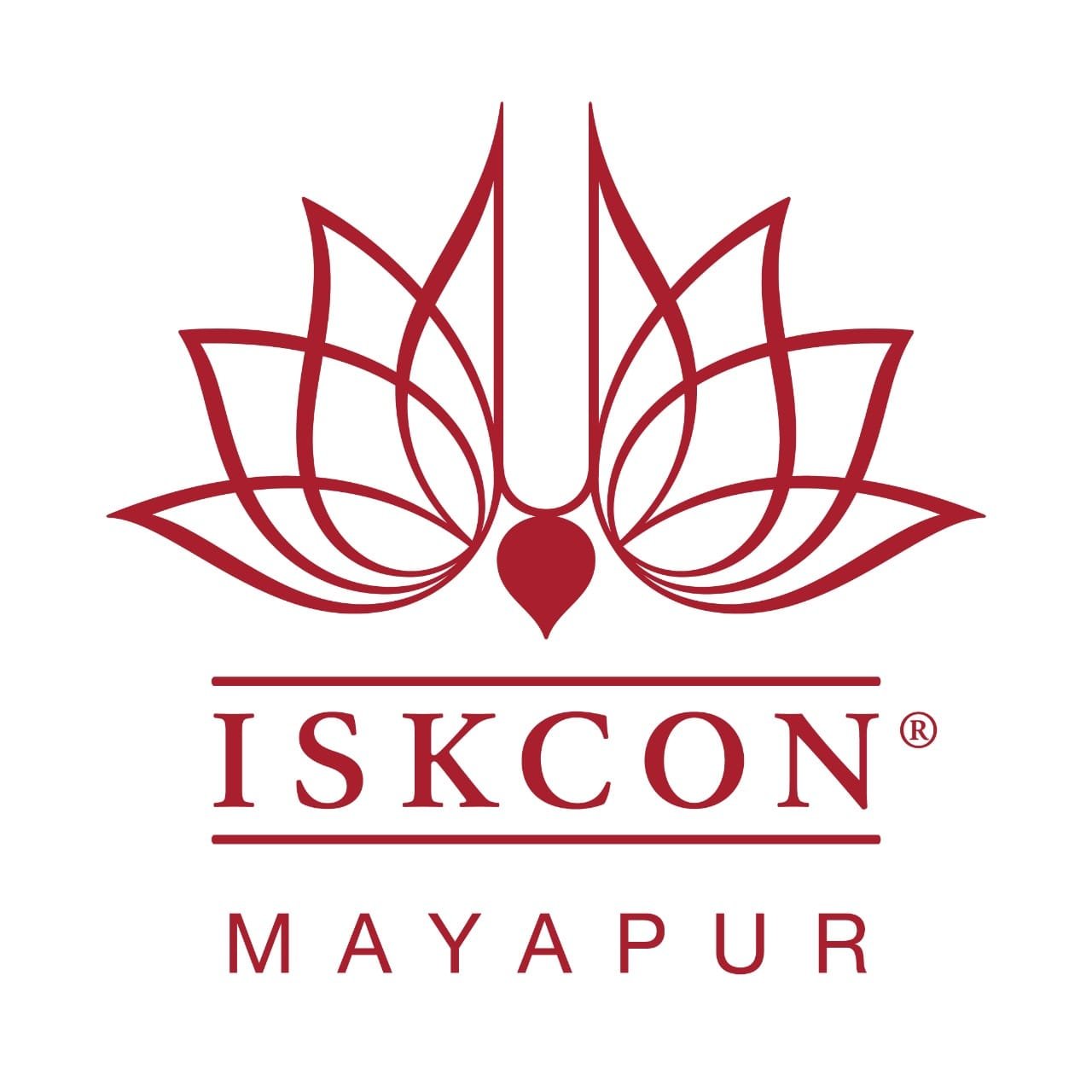Mahaprabhu Recipes
Help us preserve and share the traditional offerings made for the pleasure of Lord Sri Caitanya Mahaprabhu.
Rice & Vegetables
One day My mother, Śacī, offered food to Śālagrāma Viṣṇu. She offered rice cooked from śāli paddies, various kinds of vegetables, spinach, curry made of banana flowers, fried paṭola with nimba leaves, pieces of ginger with lemon, and also yogurt, milk, sugar candy and many other foods.
(CC Madhya 15.54-55)
They offered pungent preparations made with black pepper, sweet-and-sour preparations, ginger, salty preparations, limes, milk, yogurt, sugar candy, two or four kinds of spinach, soup made with bitter melon, eggplant mixed with nimba leaves, and fried paṭola.
(CC Antya 10.135-136)
Mother Śacī knew that the Lord was very fond of śāka (spinach), so she cooked twenty different varieties. To her full satisfaction mother Śacī cooked each vegetable in ten to twenty different ways.
(CB Antya-khaṇḍa 4.279 – 280)
Yet of all the preparations, the śāka preparations were most glorious, for the Lord repeatedly ate them. On seeing the Lord’s fondness for śāka, all of His devotees smiled. The Lord smiled and glorified the śāka preparations as He ate. The Lord said, “This śāka is known as acyutā. By eating this, one develops attachment for Kṛṣṇa.
(CB Antya-khaṇḍa 4.293 – 296)
By eating paṭala, vāstuka, and kāla śākas, one enjoys the Vaiṣṇavas’ association birth after birth.
(CB Antya-khaṇḍa 4.297)
By eating sāliñcā and heleñcāśāka, one remains free from disease and attains the devotional service of Kṛṣṇa. The Lord’s hairs stood on end as He narrated in this way the glories of the various śākas while eating.
(CB Antya-khaṇḍa 4.298 – 299)
They also offered phula-baḍī, liquid mung dhal and many vegetables, all cooked according to the Lord’s taste.
(CC Antya 10.137)
He offered yogurt, limes, ginger, soft baḍā and salt. Seeing all these arrangements, Śrī Caitanya Mahāprabhu was very pleased.
(CC Antya 10.149)
After saying this, the Lord ate the rice mixed with yogurt and offered Caitanya dāsa the remnants of His food.
(CC Antya 10.151)
The cooked rice was a stack of very fine grains nicely cooked, and in the middle was yellow clarified butter from the milk of cows. Surrounding the stack of rice were pots made of the skins of banana trees, and in these pots were varieties of vegetables and mung dāl.
(CC Madhya 3.44)
Among the cooked vegetables were paṭolas, squash, mānakacu and a salad made with pieces of ginger and various types of spinach.
(CC Madhya 3.45)
There was sukhta, bitter melon mixed with all kinds of vegetables, defying the taste of nectar. There were five types of bitter and pungent sukhtas.
(CC Madhya 3.46)
Amongst the various vegetables were newly grown leaves of nimba trees fried with eggplant. The fruit known as paṭola was fried with phulabaḍi, a kind of dāl preparation first mashed and then dried in the sun. There was also a preparation known as kuṣmāṇḍa-mānacāki.
(CC Madhya 3.47)
Upon the stack of boiled rice and all the vegetables were flowers of the tulasī trees. There were also pots filled with scented rosewater.
(CC Madhya 3.56)
There were also papayas and saravatī, a type of orange, and also crushed squash. There were also regular cream, fried cream and a type of purī made with cream.
(CC Madhya 14.29)
There were yogurt, milk, butter, buttermilk, fruit juice, a preparation made of fried yogurt and sugar candy, and salty mung-dhal sprouts with shredded ginger.
(CC Madhya 14.33)
She made long-lasting cheese, many varieties of sweetmeats with milk and cream, and many other varied preparations, such as amṛta-karpūra.
(CC Antya 10.26)
The Lord said, “What to speak of eating this rice, one is freed from material bondage just by seeing it. I am unable to describe such cooking. Even by smelling this rice one develops devotion to Kṛṣṇa. I think Kṛṣṇa and His associates have personally tasted this rice.
(CB Antya-khaṇḍa 4.286 – 288)
